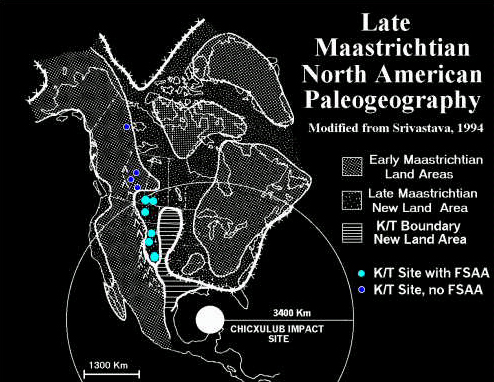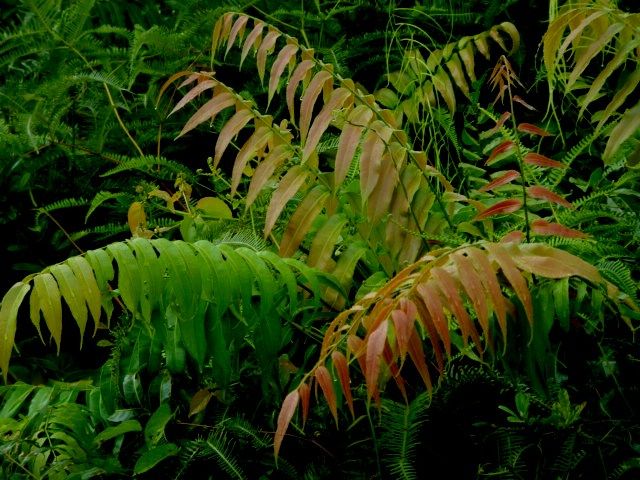This is one of the four educational video series by Sean B. Carroll produced for communicating evolution to public with the support of HHMI.
Today we know the cause of the disappearance of the dinosaurs at the end of the Cretaceous period. This knowledge was produced by the meticulous coordinated work of many scientists. The Day The Mesozoic Died focuses on how scientists do the detective work using the scientific method. The discovery that an asteroid struck the Earth 66 million years ago and triggered a mass extinction is one of the iconic stories of evolution involving geology, physics, biology, chemistry, paleontology.
We are no stranger to asteroids and meteorites whizzing by our planet. Many of them struck the earth but their traces disappeared due to techtonic movements. The largest impact crater that has survived is the Vredefort Crater of South Africa. The oldest is the Maniitsoq Crater found in Greenland.
The documentary exposes us to a number of scientific terms that are essential for our understanding of this hugely transformational evolutionary event. Some of these terms are the K-T boundary, foraminifera, Iridium, tectite, shocked quartz. Observations, evidence gathering and hypothesis testing leads to development of a theory.
In 2016 an ambitious geological project began drilling into the the Chicxulub crater impact site that is now located underwater. The project findings are impressive suggesting the impact created a bouncing mass of molten rock higher than the Himalayas in an instant. Moreover, due to high gypsum content of the shallow sea bed where the asteroid hit huge amounts of sulphur was released to the atmosphere. Sulphur emissions have a cooling affect on the planet. Therefore, the effects of the impact were much more severe than an asteroid that would hit in any other spot on Earth.
You can watch an updated version of a BBC documentary The Day The Dinosaurs Died covering the findings of the Chicxulub drilling project.
There are many documentaries focusing on the Chicxulub impact event, but they rarely mention about the post-impact recovery of life. The observed “Fern Spike” that corresponds to the aftermath is quite telling in how succession and evolution operated hand in hand to restore life over many millions of years until today. Springing of fern dominated vegetation is also called “Fern Spore Abundance Anomaly” (FSAA) and is used as a succession marker (see the map below). Even today, smaller disturbance events (volcanism and fire, for example) show similar fern spikes. Although K-T boundry is a global event, not all sites carry the FSAA signature. For example the only place FSAA is observed in sites within the western Interior of North America:
One intriguing aspect of fern spikes is a high abundance of a genus of fern Stenochlaena:




2 Comments
Interesting all the way through, but especially concerning the Bad Lands towards the last part of the Video. The content in these videos is exceptional and above average as the current crops of documentaries goes.